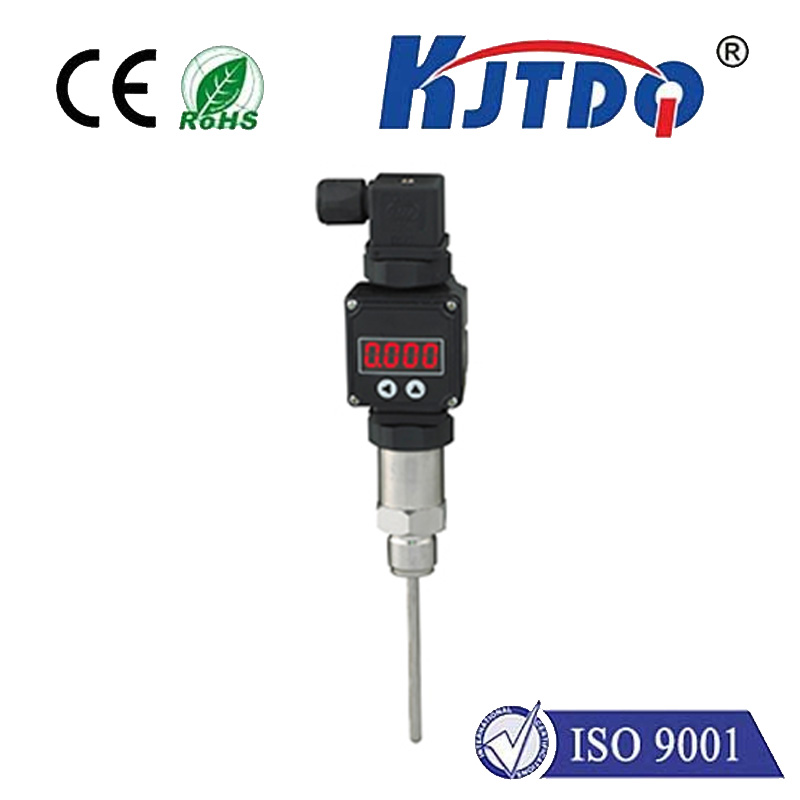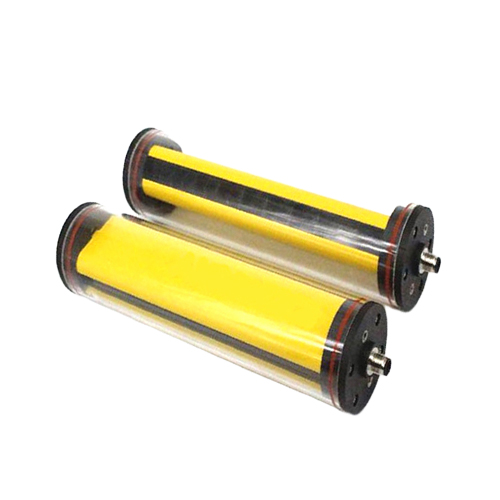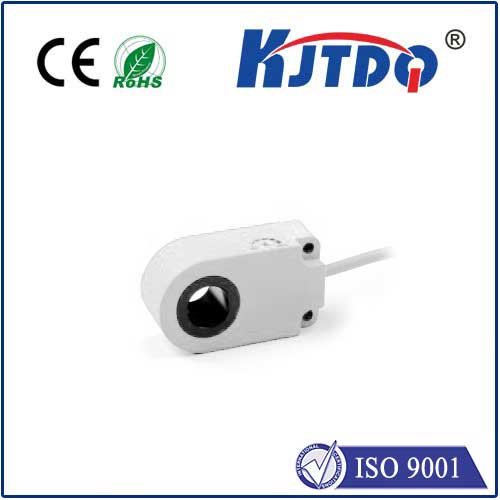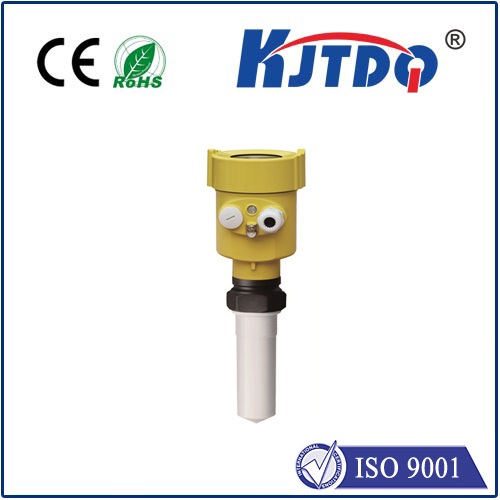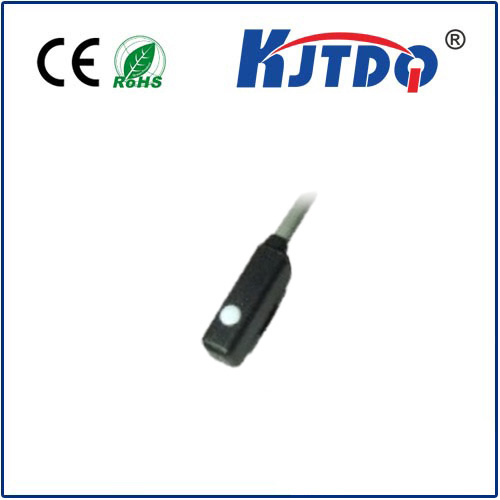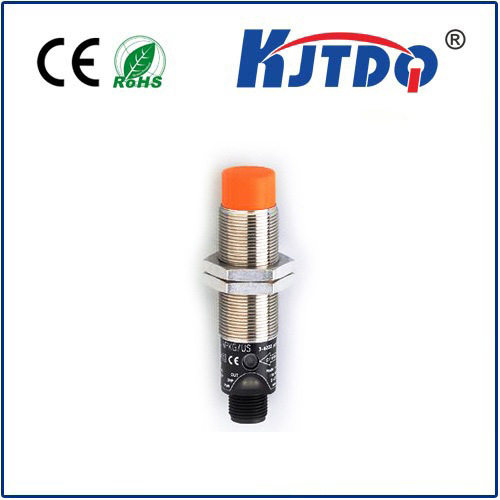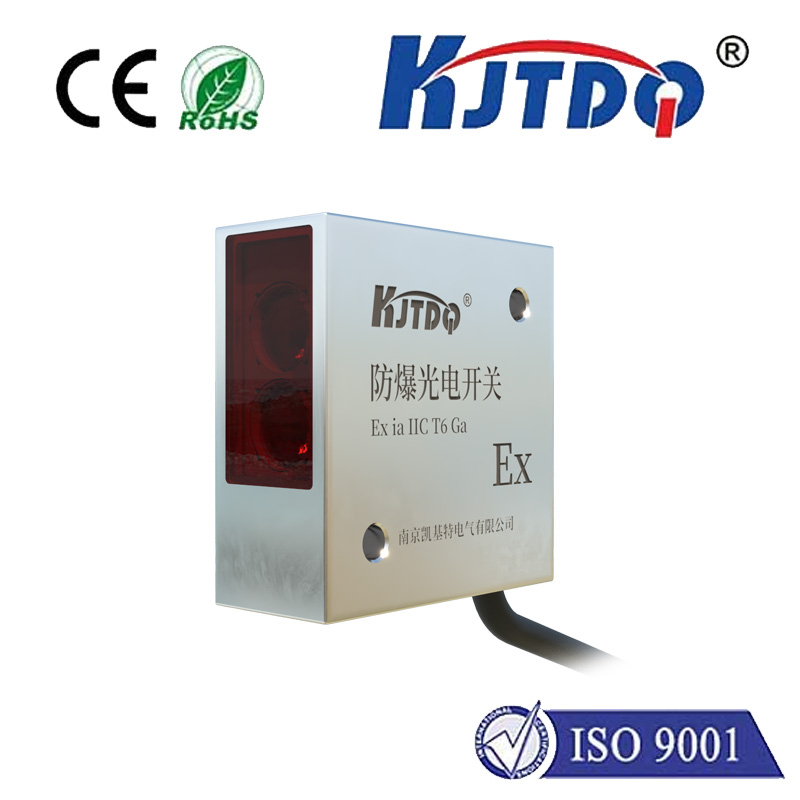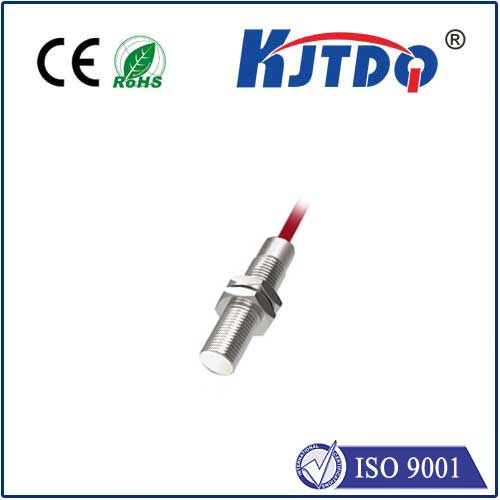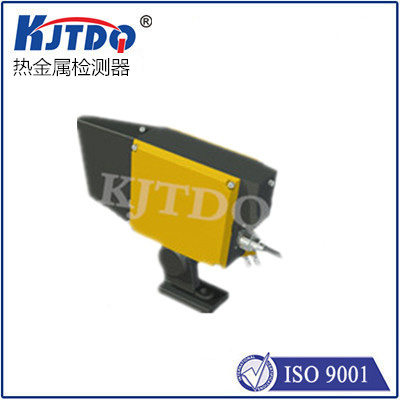pressure sensors types
- time:2025-08-22 04:25:57
- Click:0
Pressure Sensor Types: Navigating the Heart of Measurement Technology
Pressure sensors. These unassuming components are the silent workhorses embedded in countless devices and systems that shape our modern world. From ensuring your car brakes function smoothly to monitoring a patient’s vital signs in the ICU, or precisely controlling industrial processes, pressure measurement is fundamental. But with such a wide range of applications comes a diverse array of sensor technologies, each excelling in specific environments and for particular measurement needs. Understanding the key pressure sensor types is crucial for selecting the right tool for the job. This guide dives into the most common and relevant variants powering industries and innovations today.
1. Strain Gauge Pressure Sensors (Piezoresistive)
- How They Work: This is arguably the most prevalent technology. These sensors rely on the piezoresistive effect: certain materials change their electrical resistance when subjected to mechanical stress (strain). A diaphragm exposed to pressure deflects. This deflection causes tiny resistors (strain gauges) bonded to the diaphragm to stretch or compress, altering their resistance. This change is measured, often using a Wheatstone bridge circuit, and converted into a pressure reading.
- Key Characteristics:
- Wide measurement range: Can handle everything from very low vacuum to extremely high pressures.
- Good accuracy and linearity: Offer dependable performance across their range.
- Solid-State Reliability: Generally robust with no moving parts (besides the diaphragm flexing).
- Output Options: Widely available with various outputs (mV/V, amplified voltage, 4-20mA, digital).
- Common Applications: Automotive (tire pressure, fuel, engine/oil), industrial process control, HVAC systems, medical devices, pump and compressor monitoring.
2. Capacitive Pressure Sensors

- How They Work: These sensors utilize the principle of variable capacitance. The core element is a capacitor where one plate is a flexible diaphragm exposed to the pressure media, and the other is a fixed plate. As pressure deflects the diaphragm, the distance (gap) between the plates changes. Since capacitance is inversely proportional to the distance between plates, this deflection causes a measurable change in capacitance, which is electronically converted to a pressure signal.
- Key Characteristics:
- High Sensitivity: Excellent at detecting minute pressure changes, making them ideal for very low pressure (vacuum) or differential pressure applications.
- Low Power Consumption: Often preferred for battery-operated devices.
- Stability & Repeatability: Generally offer good long-term performance.
- Minimal Temperature Sensitivity: Well-designed models compensate effectively for thermal drift.
- Suitable for Low-Pressure Ranges: Excel where high sensitivity is paramount.
- Common Applications: Barometric pressure sensors (weather stations, altimeters), medical ventilation, gas flow monitoring, leak detection, cleanroom monitoring, level measurement (via hydrostatic pressure).
3. Piezoelectric Pressure Sensors
- How They Work: Built on the piezoelectric effect, where certain crystalline materials (like quartz or special ceramics) generate an electric charge when subjected to mechanical stress. Pressure applied to the sensing element causes deformation, producing a proportional electrical charge output.
- Key Characteristics:
- Dynamic Pressure Measurement: Shine brightest when measuring rapidly changing pressures (shockwaves, combustion, vibration).
- High-Frequency Response: Capable of capturing very fast pressure transients.
- Inherently Rugged: Often extremely robust and can handle high temperatures and harsh environments.
- No External Power Required (Self-Generating): The pressure input itself creates the signal. However, the output requires a charge amplifier for conditioning (which does need power).
- Limited Static Pressure Capability: Leakage currents mean they aren’t well-suited for measuring constant or very slowly changing pressures over long durations.
- Common Applications: Engine combustion analysis, blast pressure measurement, aerospace testing, acoustic pressures, industrial process monitoring of dynamic events (e.g., fluid hammer), vibration analysis.
4. Resonant Pressure Sensors
- How They Work: These sensors measure the shift in the resonant frequency of a vibrating element caused by pressure-induced stress. The sensing element (often a quartz crystal beam, tuning fork, or diaphragm) vibrates at its natural frequency. Applied pressure stresses the element, slightly altering its stiffness and thus changing its resonant frequency. This frequency shift is precisely measured and converted to pressure.
- Key Characteristics:
- Exceptional Accuracy and Stability: Among the most precise pressure sensor types available.
- High Resolution: Can detect minute pressure changes due to the sensitivity of frequency measurement.
- Digital Output: Naturally produces a frequency or digital signal, simplifying interfacing with digital systems.
- Potential for Drift: Can be susceptible to drift over time or due to contamination, requiring careful design and calibration.
- Cost: Often higher cost than strain gauge or capacitive types.
- Common Applications: High-precision process control, calibration standards, laboratory equipment, meteorology, advanced engine test cells, aerospace applications.
5. Optical Pressure Sensors
- How They Work: These leverage the properties of light to measure pressure changes. Common approaches include:
- Fiber Bragg Grating (FBG): Pressure causes strain in an optical fiber containing a Bragg grating, shifting the wavelength of light reflected by the grating.
- Fabry-Perot Interferometry: Pressure changes the distance between mirrors in a tiny cavity, altering the interference pattern of light reflected back.
- Key Characteristics:
- Immunity to EMI/RFI: Ideal for high electromagnetic interference environments.
- Intrinsic Safety: No electrical currents at the sensing point, making them perfect for explosive atmospheres.
- Remote Sensing: Light signals can travel long distances via fiber optic cables with minimal signal degradation.
- Multiplexing Potential: Multiple sensors can often be placed along a single fiber optic cable.
- Complexity & Cost: Generally more complex and expensive than conventional electrical sensors.
- Common Applications: Oil & gas downhole monitoring, high-voltage substations, medical applications inside MRI machines, aerospace structural health monitoring, chemical processing in hazardous areas.
6. MEMS Pressure Sensors
- How They Work: Micro-Electro-Mechanical Systems (MEMS) technology miniaturizes traditional sensing principles (primarily piezoresistive or capacitive) onto a single silicon chip using semiconductor fabrication techniques. The result is an extremely small, highly integrated sensor element.
- Key Characteristics:
- Miniaturization: Extremely small size and low weight.
- Cost-Effectiveness at Scale: Mass production enables very low unit costs for high volumes.
- Low Power Consumption: Essential for portable and battery-powered devices.
- Integrated Electronics: Often include signal conditioning (amplification, temperature compensation) on the same chip or package.
- Range & Robustness: While expanding, extremely high pressures or harsh chemical environments can still be challenging for standard MEMS.
- Common Applications: Consumer electronics (smartphones, wearables, drones for altitude/baro), automotive (MAP sensors, tire pressure, brake boosters), medical disposables (blood pressure monitors), HVAC controls, IoT devices.
Choosing the Right Sensor: It’s About Context
Selecting the optimal pressure sensor type isn’t about finding the “best” one universally; it’s about matching the sensor’s strengths to the specific requirements of the












